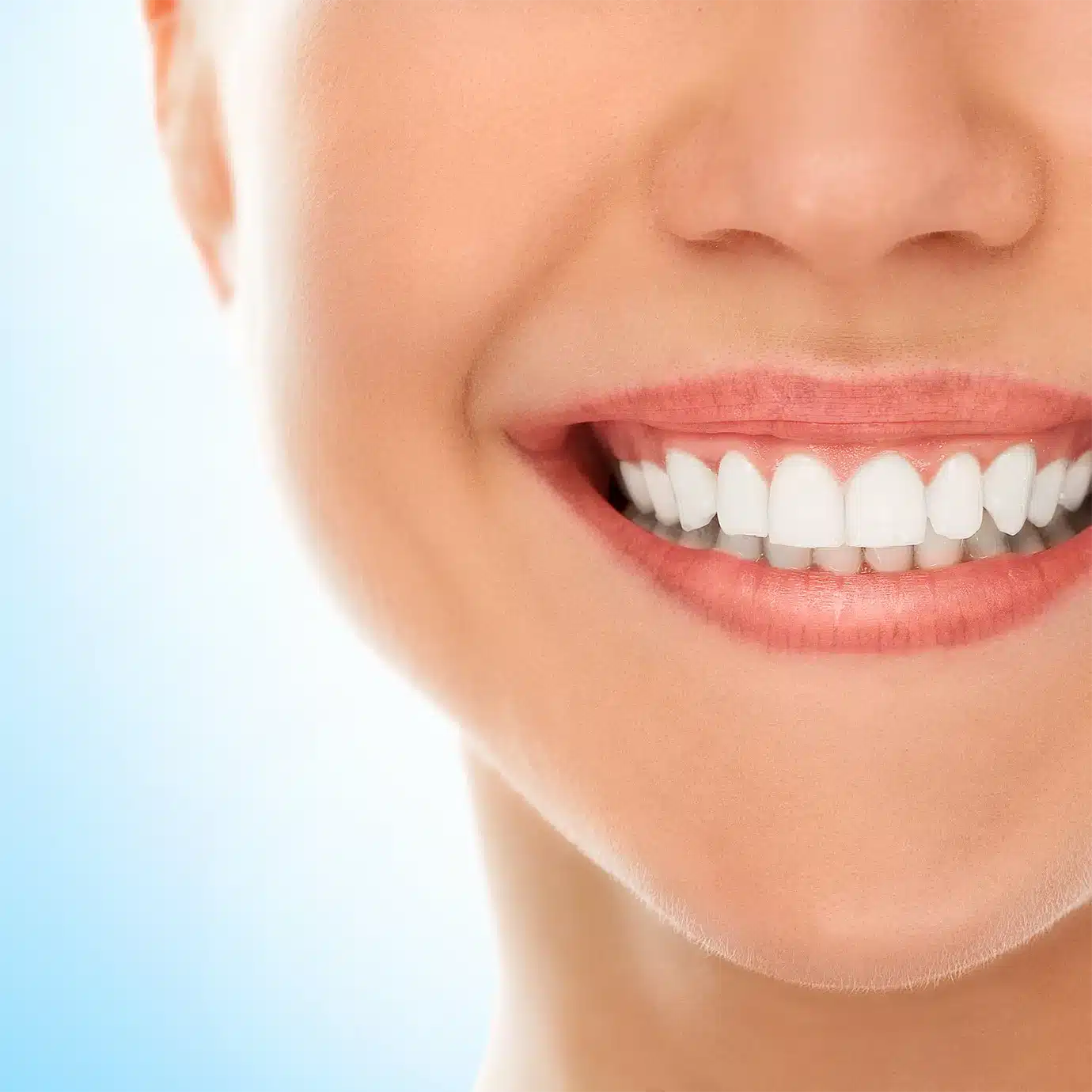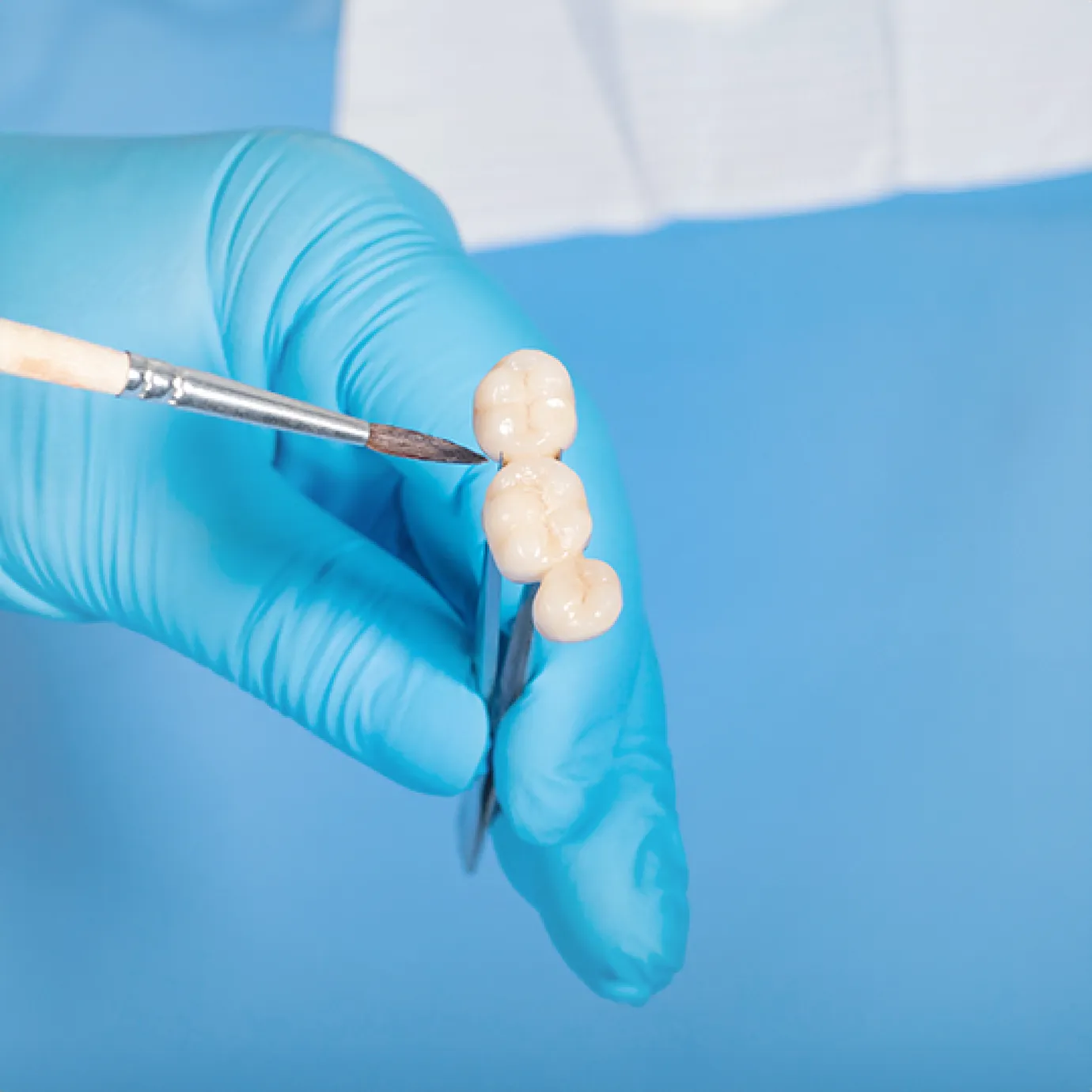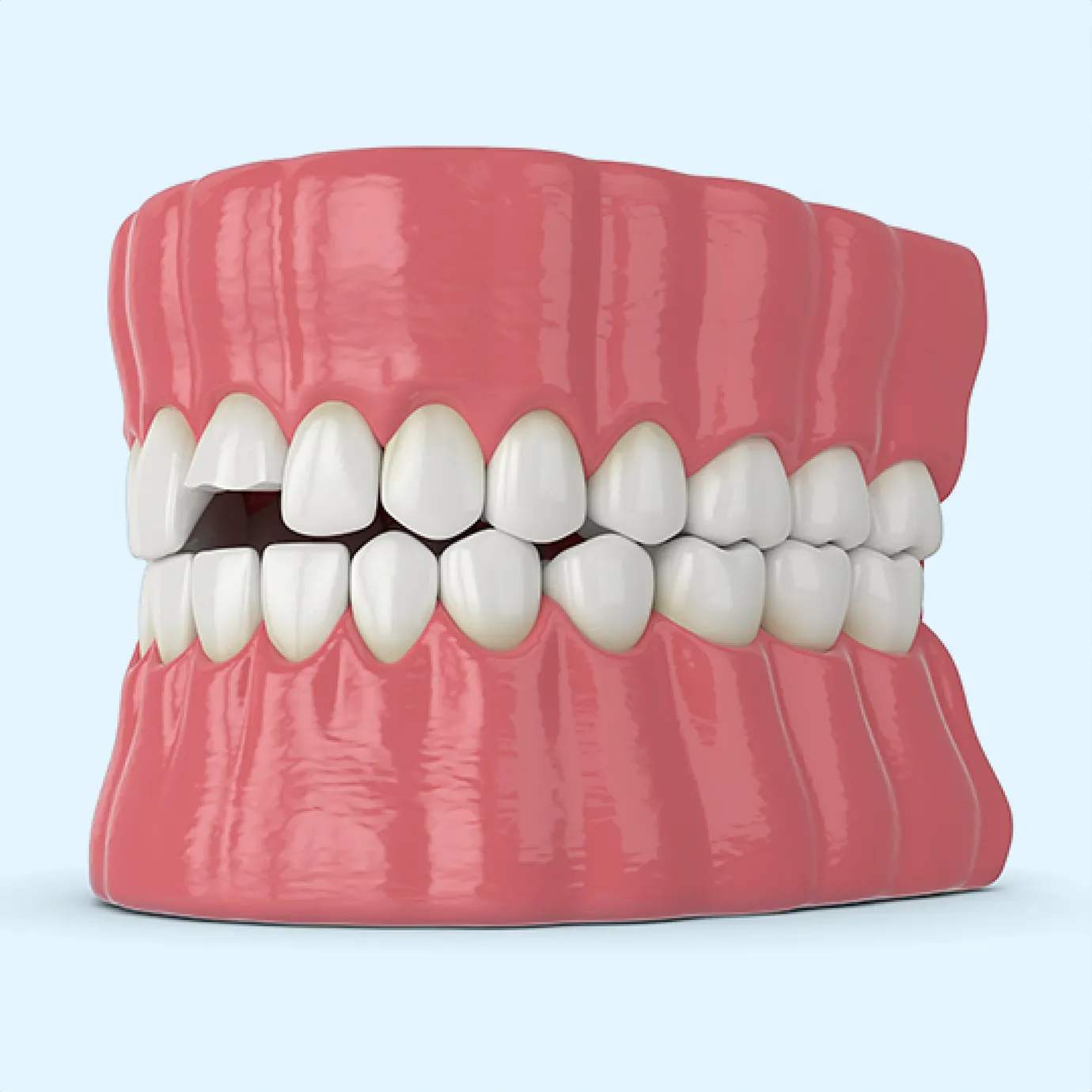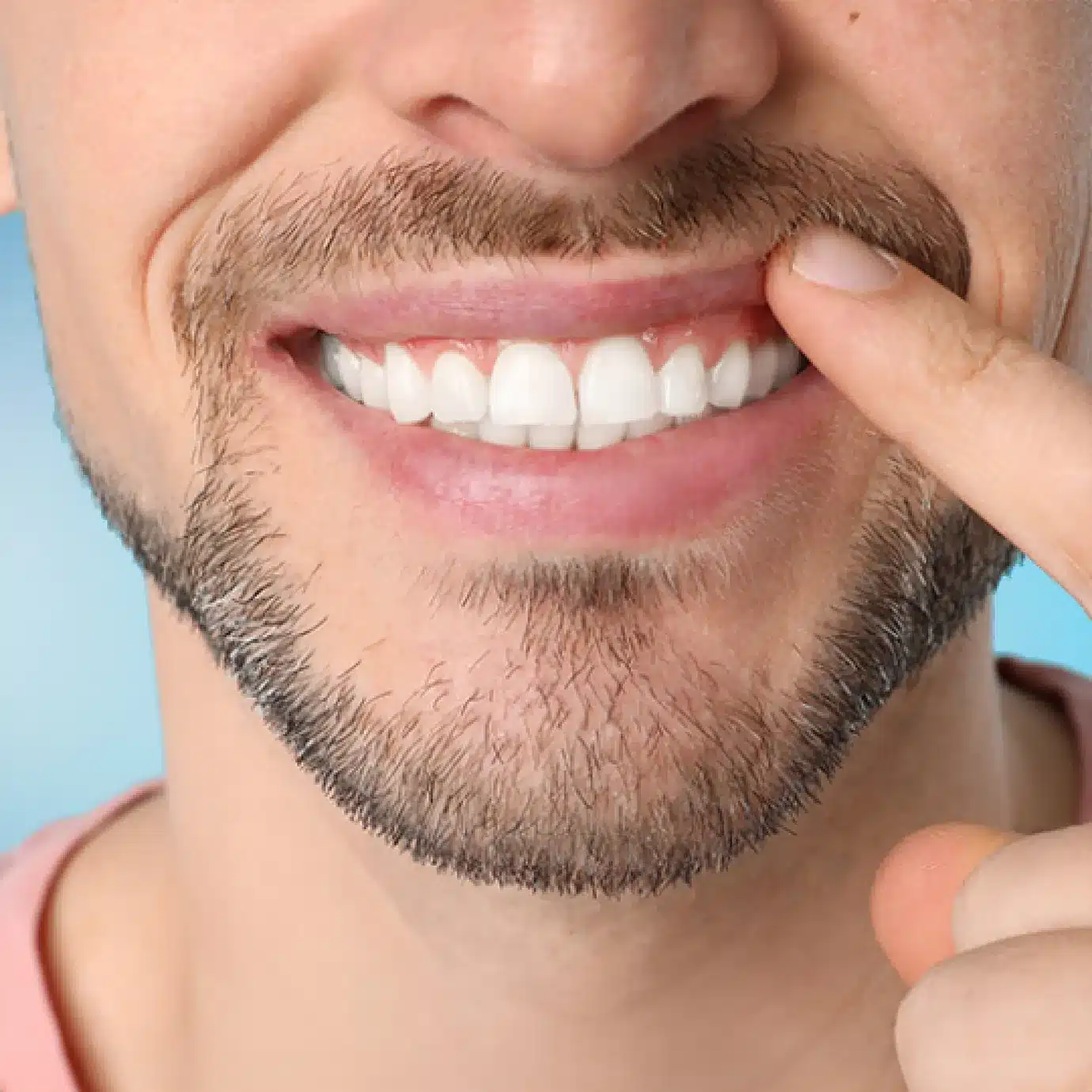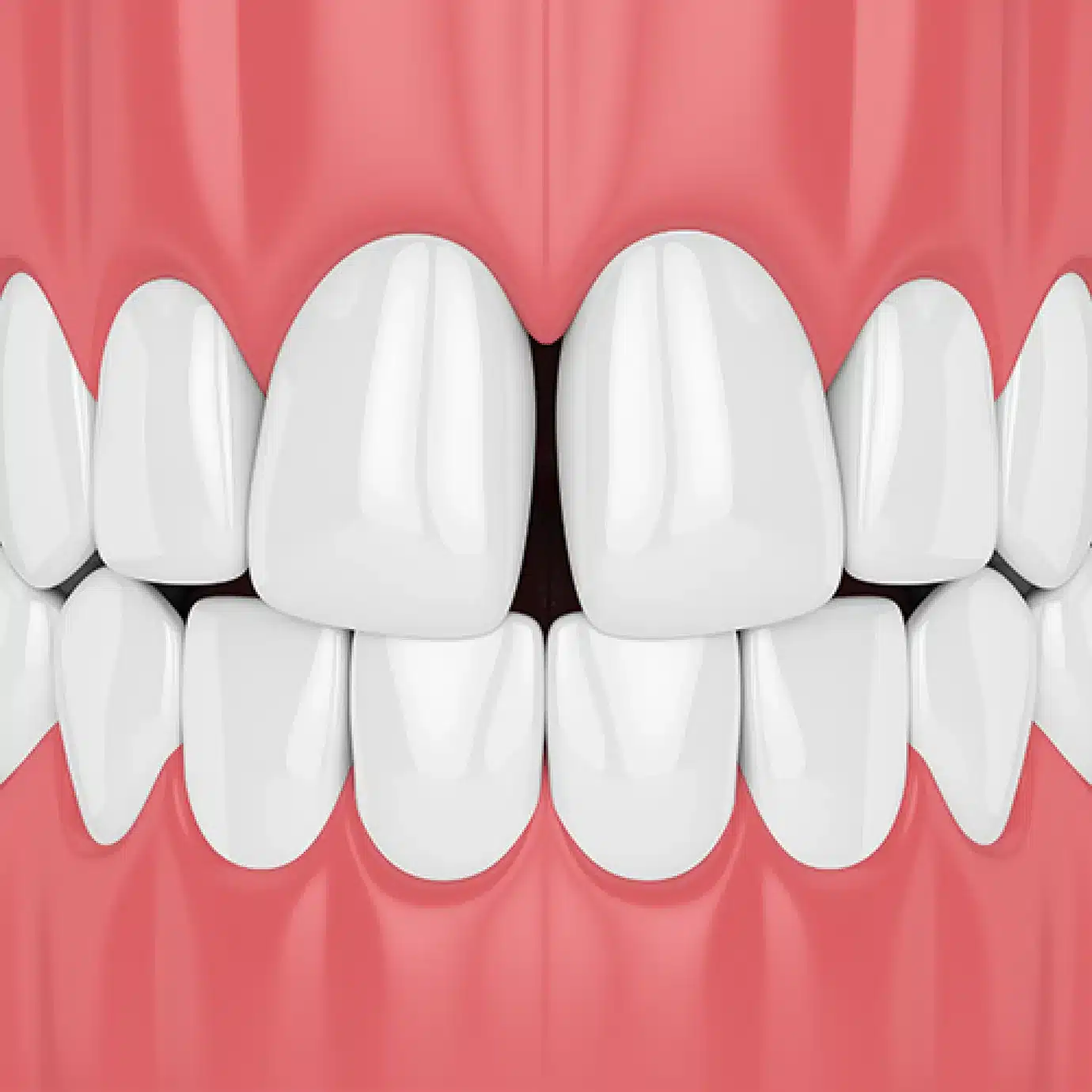Dental Bonding
Dental bonding is considered a cosmetic dental procedure. It is the treatment of adding composite bonding (the material used for dental fillings) to restore the shape of a tooth that has worn down or suffered dental trauma.
Dental bonding can also be used if the enamel of your teeth has stains, which you can’t remove by any other means. The procedure is entirely pain-free. Depending on the case’s complexity, you may need to visit the clinic once or a few times (usually up to 3 appointments) for the dental bonding procedure to be complete.
Here’s a list of possible treatments:
- Closing gaps between teeth;
- Correcting tooth shape;
- Correction of tooth size;
- Cracked, chipped or broken tooth correction;
- Complete smile makeovers;
- Tooth colour improvement;
- Protection of tooth roots;
- Restoration of decaying teeth;
- Restoration of worn-down teeth;
- Correction of stained teeth;
- Treatment of tooth sensitivity.
